Welcome to the delightful world of container gardening, where the possibilities for growing lush, vibrant plants are as boundless as your imagination! Whether you’re a budding green thumb embarking on your first gardening adventure or a seasoned horticulturist seeking to expand your indoor plant repertoire, this guide promises to be your trusty companion. With the right selection of plants, even the tiniest of spaces can be transformed into a verdant oasis, bringing nature’s beauty right to your doorstep.
Container gardening offers a treasure trove of benefits, making it a perfect choice for anyone looking to infuse their home with greenery. Our carefully curated list of the best plants for growing in containers will equip you with the knowledge to cultivate thriving indoor gardens, regardless of your skill level. As you explore the pages of this guide, you’ll discover practical tips and insights designed to boost your confidence and ensure successful plant care.
Imagine the joy of nurturing your own indoor Eden, where every plant you tend becomes a testament to your growing skills. By following our expert advice, you’ll unlock the secrets to healthy, flourishing plants that will reward you with beauty and tranquility. So, roll up your sleeves, grab your pots, and let’s embark on this exciting journey together, where success is just a container away!
Cherry Tomato Varieties (Compact Growth for Limited Spaces)
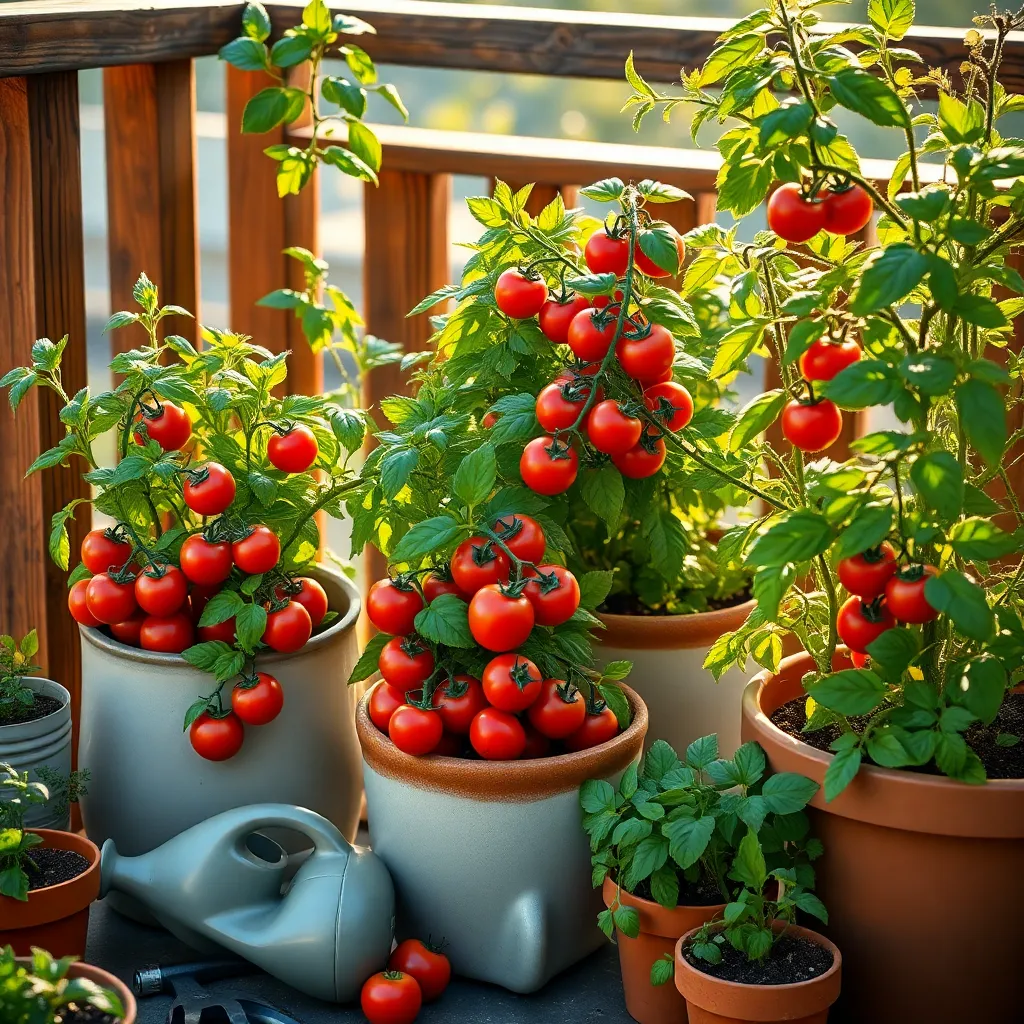
Cherry tomatoes are ideal for container gardening, especially if you’re limited on space. Varieties like ‘Tiny Tim’ and ‘Micro Tom’ are perfect choices as they maintain a compact growth habit and produce an abundance of fruit.
When planting cherry tomatoes in containers, use a pot that is at least 12 inches deep to allow for root development. Ensure the pot has adequate drainage holes to prevent waterlogging, which can lead to root rot.
Choose a high-quality potting mix that is rich in organic matter, as it will provide the necessary nutrients and drainage. Consider adding a slow-release fertilizer at planting time to support continuous growth and fruiting.
Watering is crucial for container cherry tomatoes; aim to keep the soil consistently moist but not soggy. Water in the morning to reduce the risk of fungal diseases and provide the plants with hydration during the heat of the day.
For those looking to maximize yield, provide support with a small trellis or cage to keep plants upright and improve air circulation. This not only helps with fruit production but also makes harvesting easier and more efficient.
Herb Planter Kits (All-in-One Solutions for Beginners)
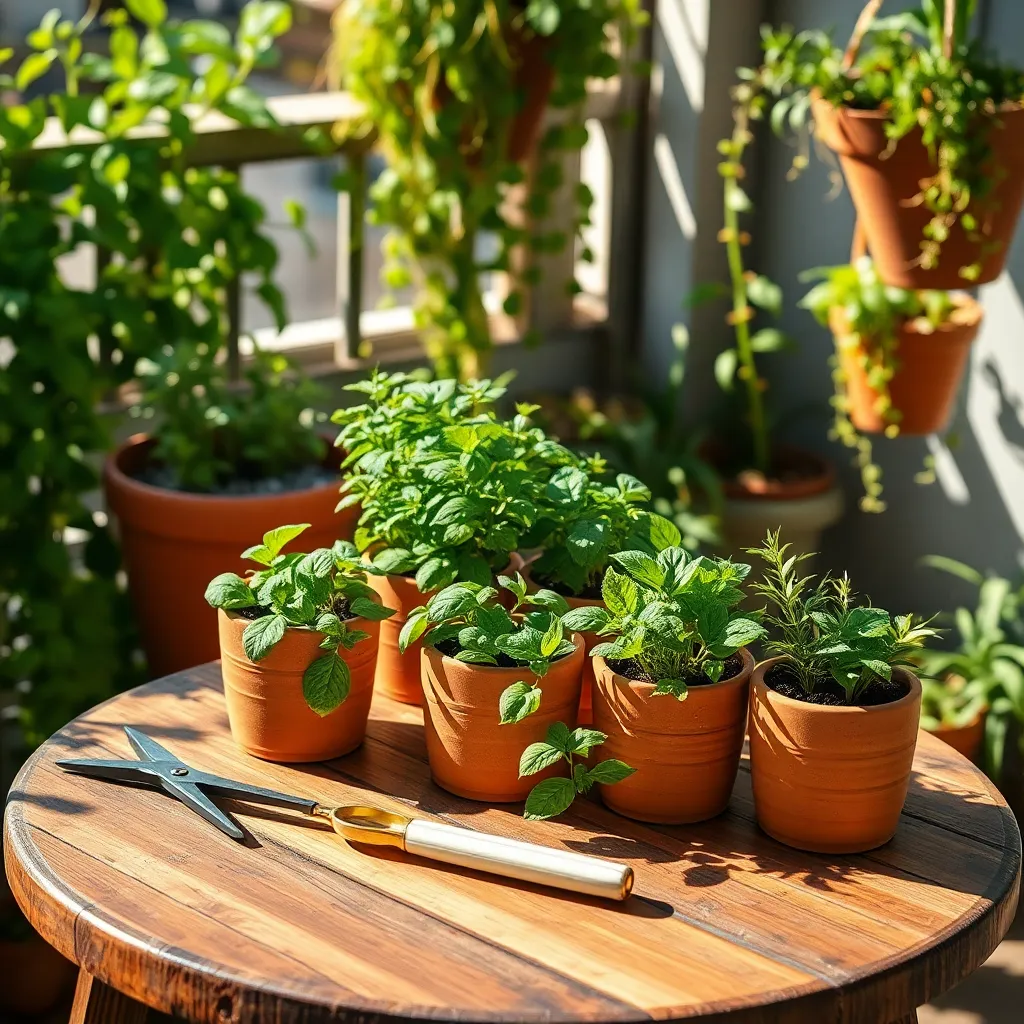
Herb planter kits offer an ideal starting point for beginners looking to dive into container gardening. These all-in-one solutions typically include seeds, soil, and planters, eliminating much of the guesswork involved in starting a herb garden.
When selecting a kit, choose one that suits your culinary tastes and available space. Kits with compact herbs like basil, parsley, and cilantro are excellent for window sills or small patios, thriving in partial to full sunlight and requiring well-drained soil.
For optimal growth, water your herbs when the top inch of soil feels dry to the touch. Overwatering can lead to root rot, so ensuring the planter has proper drainage holes is crucial to maintain plant health.
Advanced gardeners can enhance their kits by incorporating organic fertilizers every four to six weeks. This practice boosts the nutrient content in the soil, promoting robust growth and more flavorful herbs.
Self-Watering Pots (Consistent Moisture Control)
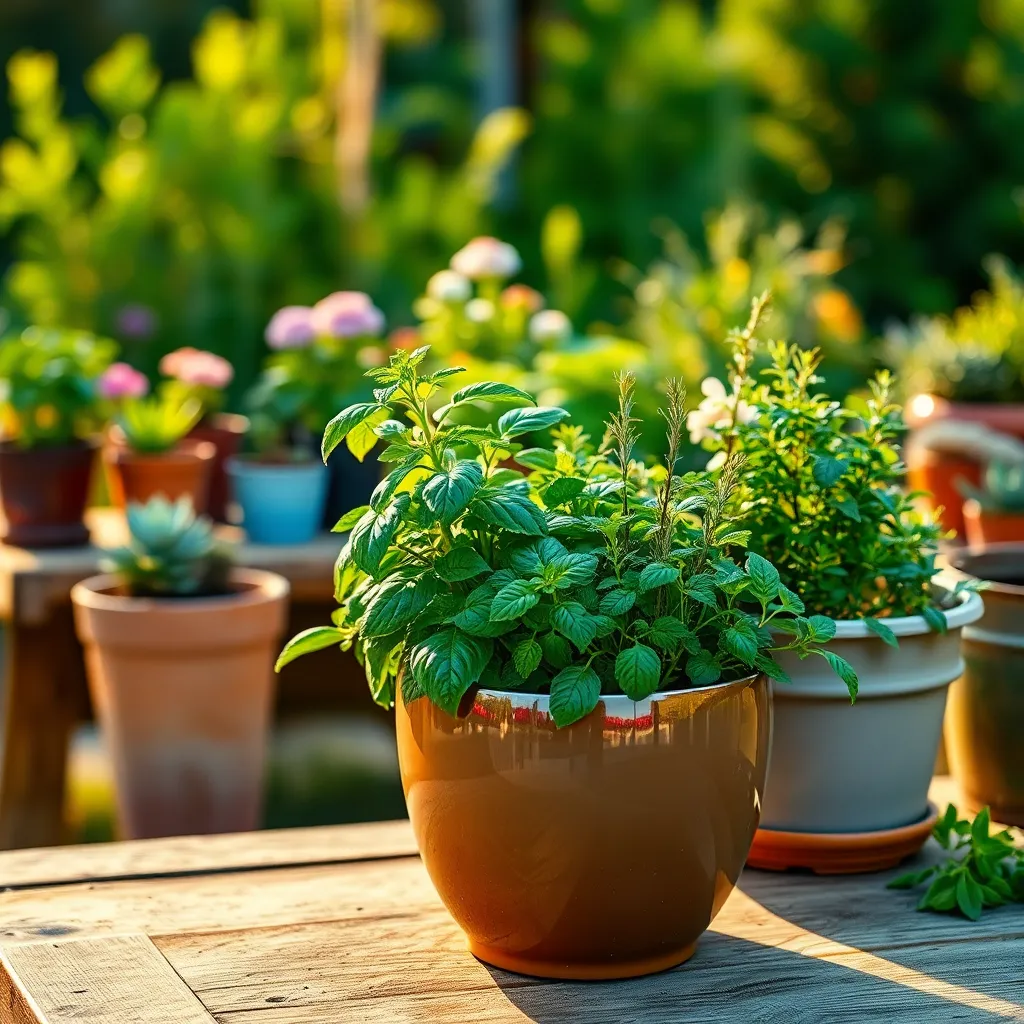
Self-watering pots are an excellent choice for gardeners seeking consistent moisture control for their container plants. These pots are designed with a reservoir at the bottom, allowing plants to absorb water as needed, which helps maintain optimal soil moisture levels.
To use self-watering pots effectively, start by filling the reservoir and ensuring the soil wicks moisture correctly. It’s essential to use a well-draining potting mix containing materials like perlite or vermiculite to facilitate proper water uptake.
For beginners, herbs such as basil and mint thrive in self-watering pots due to their preference for constant moisture. Advanced gardeners might experiment with moisture-loving vegetables like tomatoes and cucumbers, adjusting the water level based on plant needs and environmental conditions.
Regularly check the water reservoir to ensure it doesn’t dry out, especially during hot weather. Additionally, avoid overfilling the reservoir, as this can lead to root rot; monitoring the soil’s top layer for moisture will help you gauge when to refill the reservoir effectively.
Dwarf Citrus Trees (Indoor-Friendly Fruiting Plants)
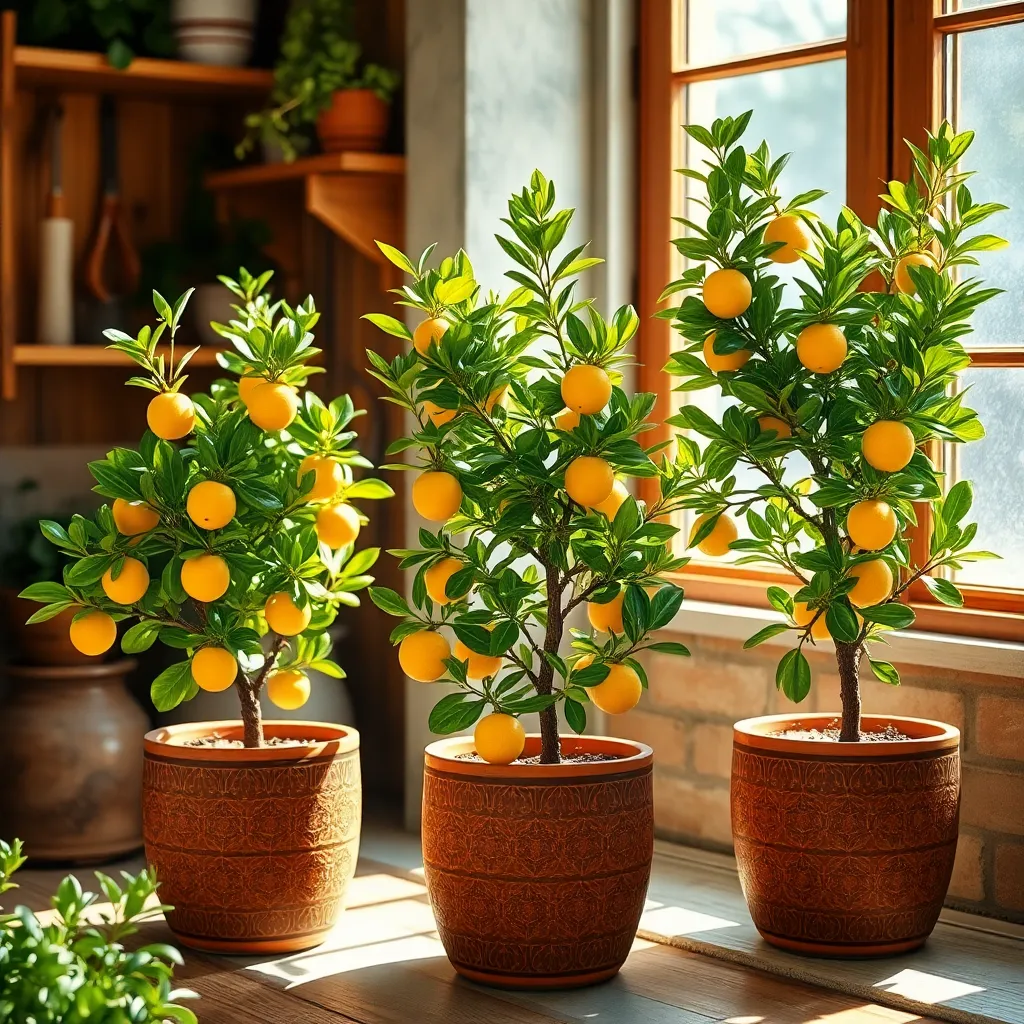
For those seeking to bring a slice of orchard life into their homes, dwarf citrus trees are an excellent choice. These compact varieties can thrive indoors, offering year-round fragrance and fruit with the right care.
Ensuring your dwarf citrus tree flourishes begins with selecting the right container. Choose a pot with drainage holes and use a lightweight, well-draining potting mix, such as one formulated for citrus or cactus.
Position your tree in a spot that receives at least six to eight hours of bright, indirect sunlight daily. If natural light is limited, supplement with a grow light to keep your plant healthy and productive.
Watering is crucial for maintaining the health of your citrus tree, but overwatering can be detrimental. Allow the top inch of soil to dry out between waterings, and adjust frequency based on seasonal changes, reducing water in winter when growth slows.
Fertilize your tree with a balanced, citrus-specific fertilizer every four to six weeks during the growing season. This ensures your plant receives essential nutrients, helping it produce vibrant foliage and delicious fruit.
Pruning is another important aspect of maintaining your dwarf citrus tree. Trim back any dead or crossing branches to encourage a strong structure and promote airflow, which reduces the risk of pests and diseases.
Trellis Supports (Vertical Growing Made Simple)
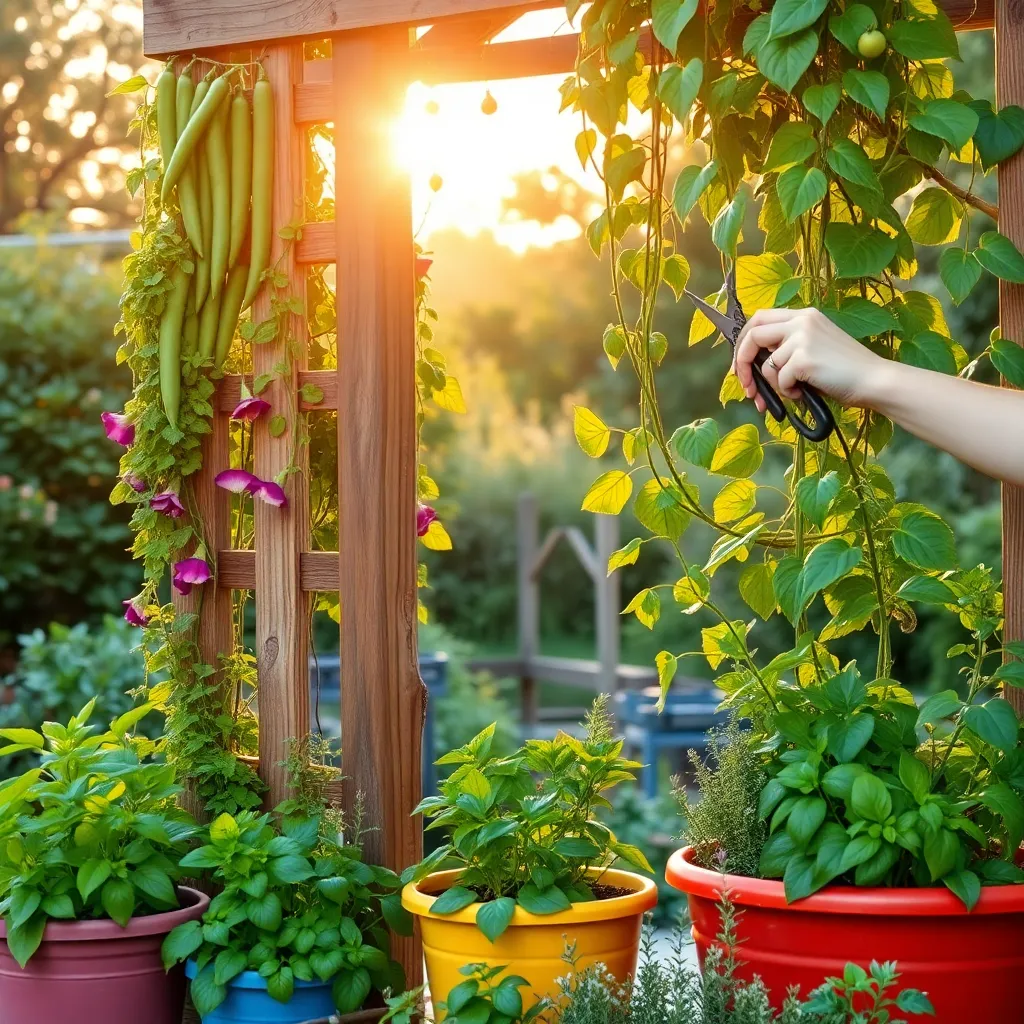
Enhancing your container garden with a trellis support can transform your growing experience. Not only does it save space, but it also allows plants to grow vertically, making them healthier and more productive.
Start by selecting a sturdy trellis that suits the size of your container and the plants you intend to grow. Materials like wood, metal, or plastic are excellent choices, but ensure the trellis is secured to prevent it from tipping over.
Crops like tomatoes, peas, and cucumbers thrive when provided with vertical support. These plants naturally climb, and by training them to grow upwards, you’ll improve air circulation, reduce disease, and maximize sunlight exposure.
Beginner gardeners should consider using twist ties or garden clips to gently guide stems onto the trellis. For more experienced gardeners, weaving the vines through the trellis or using biodegradable string can promote a more natural growth pattern.
Consistent maintenance is crucial for vertical gardening success. Regularly inspect your plants for any signs of disease or pests, and make adjustments to the supports as needed.
Watering is critical for container plants, especially those growing vertically, as they may dry out faster. Opt for a high-quality potting mix with good drainage, and water deeply when the top inch of soil feels dry to the touch.
Conclusion: Growing Success with These Plants
In exploring the world of container gardening, we’ve uncovered five essential relationship concepts: the importance of choosing the right plants for your environment, understanding the needs of each species, nurturing growth through consistent care, recognizing signs of stress, and fostering a thriving ecosystem. Each of these principles mirrors the foundation of strong relationships—selecting partners who complement our lives, committing to mutual understanding, nurturing bonds with consistent effort, being attuned to emotional cues, and cultivating a harmonious balance.
To take immediate action, why not start a mini-garden together with a loved one? This shared project can strengthen your connection and provide a tangible representation of your growing relationship. Bookmark this article as a handy guide to revisit whenever you need a reminder of these nurturing principles.
Remember, the seeds of relationship success are planted in the choices we make and the care we provide. By embracing these insights and taking proactive steps, you’re on a path to flourishing partnerships. Save this article now to ensure you have a blueprint for nurturing both your plants and your relationships, ensuring they grow vibrant and strong.
